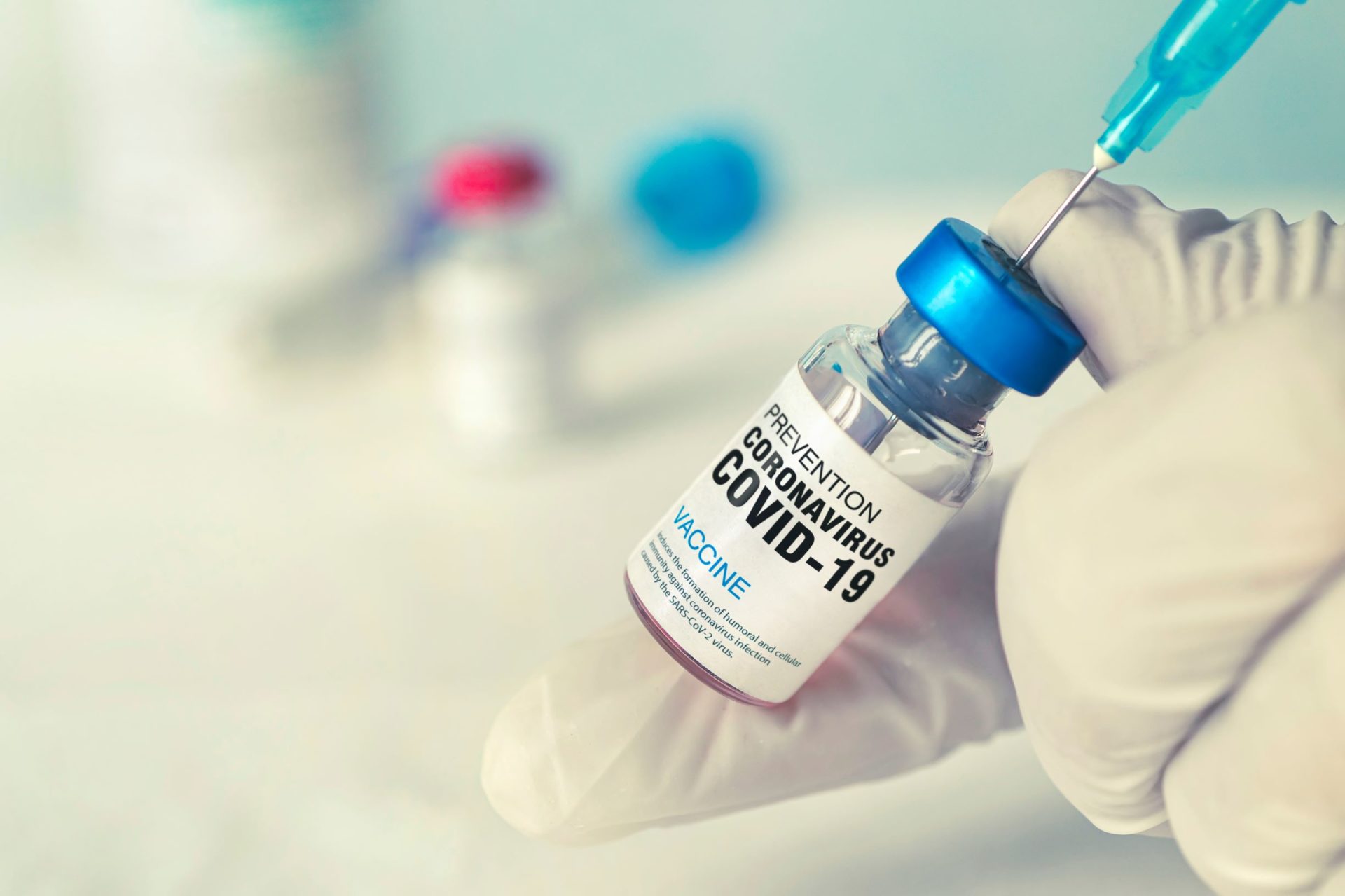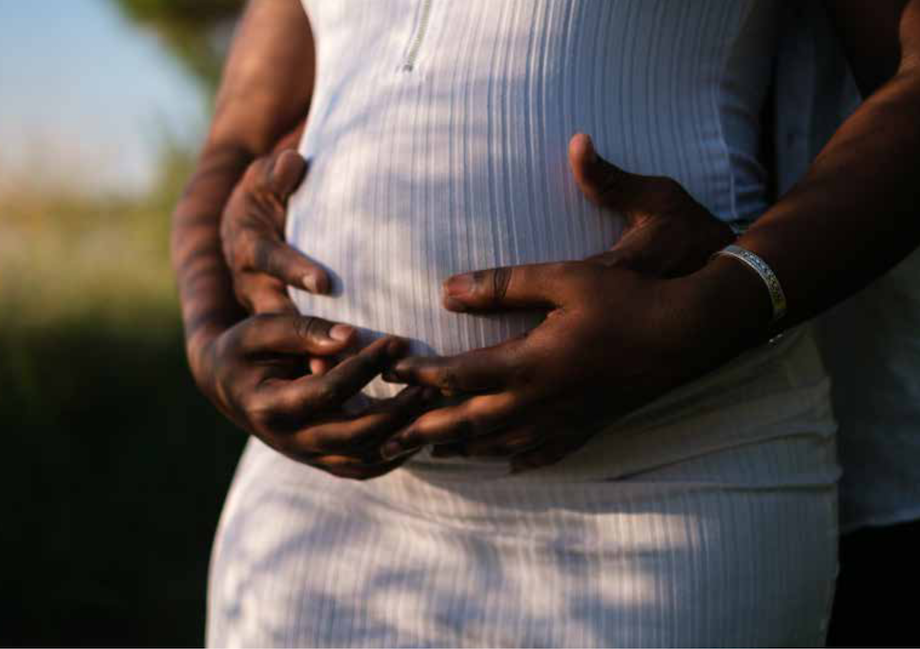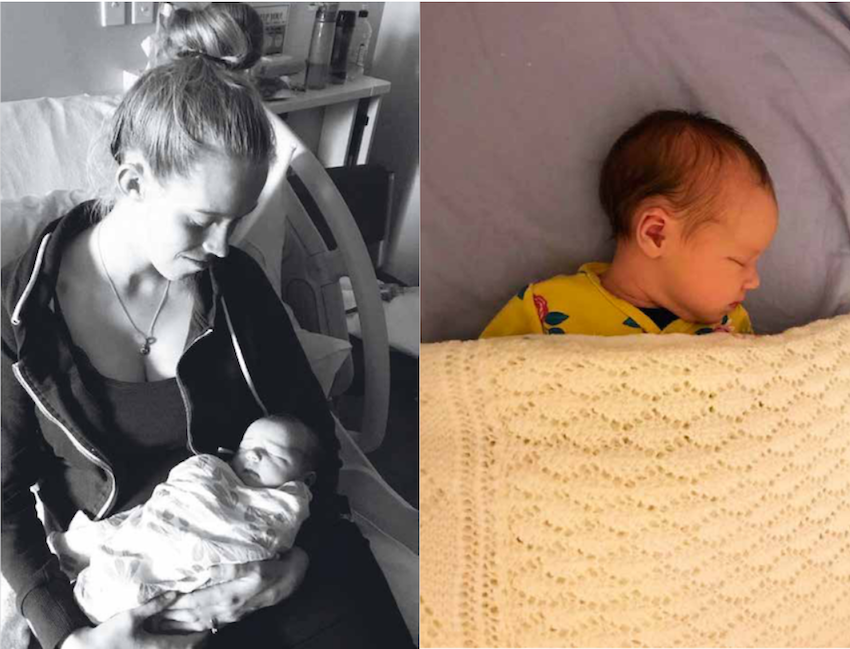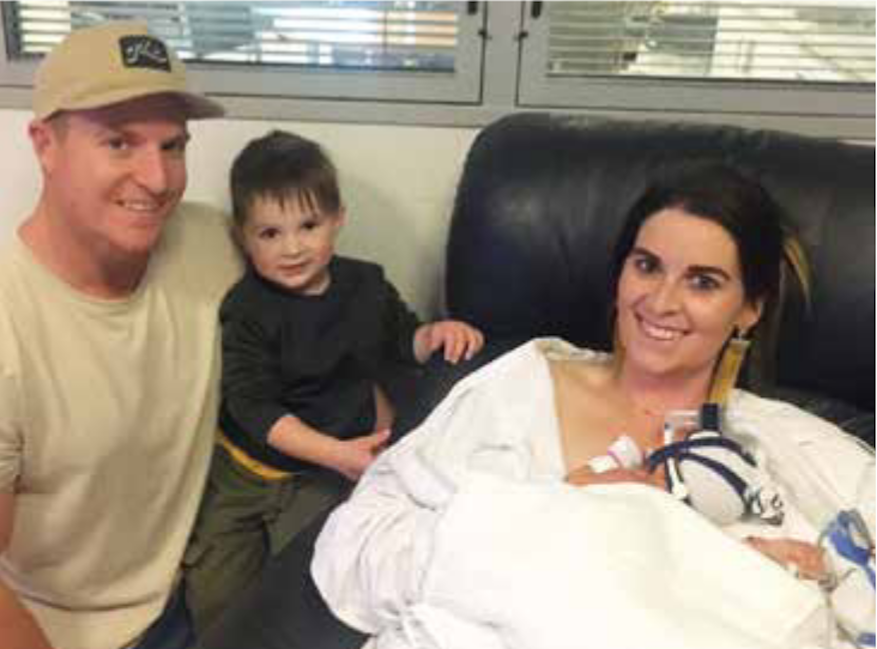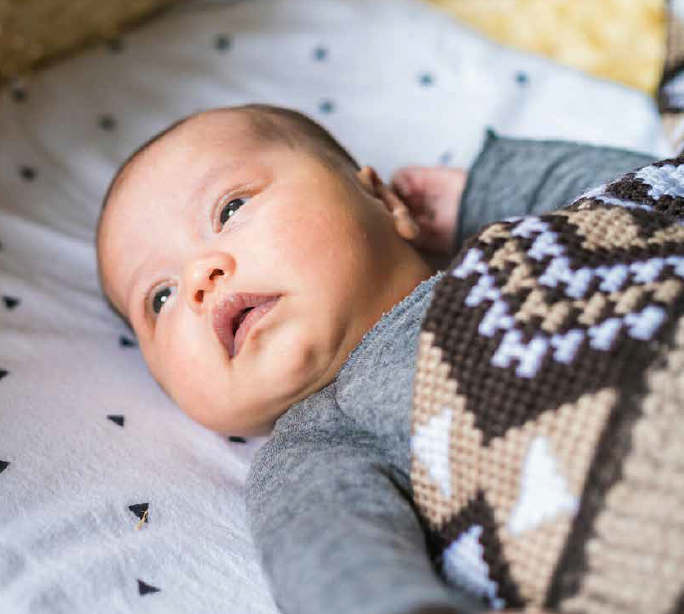
Customs, cultural practices and beliefs of tangata whenua during hapūtanga and whakawhānau
In Te Ao Māori, health can be understood by the concept Te Whare Tapa Whā. The wharenui symbolises the four dimensions of wellbeing. These cornerstones are taha tinana (physical wellbeing), taha wairua (spiritual wellbeing), taha whānau (family wellbeing), taha hinengaro (mental wellbeing), all of which are integral to Māori maternity care.
For Māori, hapūtanga and whakawhānau are regarded as tapu. There is both physicality and spirituality to bringing precious new life into the world as a continuation of whānau, hapū and iwi. It is through childbirth that whakapapa is created.
Here, we’ll share some traditional Māori beliefs, knowing that as a concept tikanga is dynamic and can differ across iwi and hapū. While many of the values and ideologies are widely acknowledged across Aotearoa, each iwi often has their own tikanga or methods for approaching certain practices, so you may wish to do some further research into the customs of your own iwi/hapū and how these can be applied to you today. This is by no means an exhaustive list but simply an introduction to whakawhānau with a tikanga focus. Should you feel called to embrace any of these customs on your journey to becoming a māmā – whether you identify as tāngata whenua or not – all of these rituals hold meaning and are intrinsic to Te Ao Māori. Therefore, they should be practised in a way that feels authentic to your whānau.
During hapūtanga, your pēpi is protected by te whare tangata, the womb, before they enter Te Ao Mārama, the world of light, through birth.
Whakawhānau
Due to the sacredness of childbirth, people traditionally gave birth in specially built shelters – called whare kōhanga by some tribes – and afterwards the dwelling would be burned. In a modern context, birthing people may feel called to give birth at their tūrangawaewae, which could be ancestral land, their home, or another place of significance.
During labour and birth, karakia are recited to acknowledge Te Ao Wairua and to call on the atua, Hineteiwaiwa, to safeguard the birthing person and their pēpi. Other rongoā methods, such as waiata, taonga pūoro and mirimiri, may be practised by tohunga as well.
Once the pēpi is born, a muka tie is used to tie their umbilical cord. Muka ties are made from harakeke fibre which has antiseptic and antifungal properties. A pito cutter tool is then used to sever the umbilical cord. Depending where you’re from, the pito cutter may be crafted from stone, such as pounamu, or another natural resource like a shell.
After the birth, an oriori composed by the child’s kaumātua is sung to the pēpi to celebrate their arrival. The oriori speaks of their whakapapa and connects the child to their atua as spiritual guides.
As tangata whenua, giving your pēpi a Māori name can be a significant reclamation of your whakapapa and a way to honour your tūpuna.
Postnatal
In Te Reo Māori, the word for both placenta and land is ‘whenua’. This dual meaning pays homage to the deep significance of Papatūānuku and her spiritual connection to the placenta; the land is the body of Papatūānuku, the earth mother who first gave life to all things, and the placenta is the life force during pregnancy. After birth, it is customary to return the whenua (placenta) to whenua (land). The placenta is traditionally buried in an ipu whenua made from uku (clay), harakeke (flax) or another natural resource at a special place or beneath a native tree at your tūrangawaewae.
How one whānau incorporated Māori birthing practices
When mother to now four children, Anischka, knew she’d be having Māori children she wanted to make sure they felt comfortable in Te Ao Māori and had a good understanding of their whakapapa and their language.
Anischka’s partner Ben is from Ngāi Te Rangi in the Bay of Plenty. He grew up in Mt Maunganui and his extended whānau still live there. Ben grew up with his father fluent in Te Reo but is now on his own learning journey as an adult.
“Our children have been our biggest motivator in learning and further developing our use and knowledge of Te Reo,” she explains.
Through this journey, Anischka had looked into Māori birthing practices – this is where she learnt about using a muka cord tie.
Muka comes from the harakeke plant (flax) and is formed when you scrape the flax repetitively until it becomes pale in colour and resembles thin fibres. This can then be plaited together to create a cord. Muka has natural healing properties and can help heal the umbilics of a newborn and is more comfortable against baby’s skin. “We used this practice on our last two children, Harete and Matiu. One we purchased, and for Matiu we used muka that had been prepared by his late koro who was also called Matiu. He was a weaver and we brought some of his prepared flax back to Wellington with us after his passing.
“We also buried each of our children’s placentas at Ben’s Nan’s house – she lived on whānau land in Matapihi, Mt Maunganui. Many of her grand and great grandchildren have their placentas buried under a rose plant in her garden. She would tell us what colour rose to get for each child based off their name and personality!”
Anischka ensured that after each child was born, she spoke to them in Te Reo so that was the first language they ever heard earth side. “It was just something simple like ‘Kia ora Pēpī’ but that’s all I could get out seconds after birth.”

